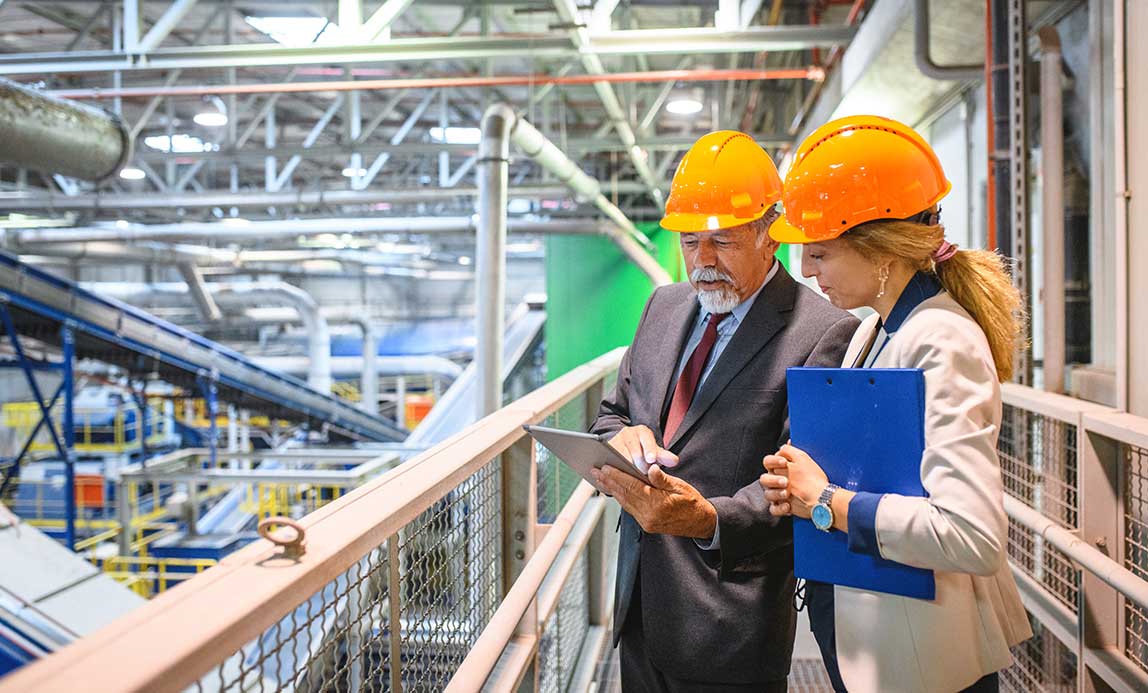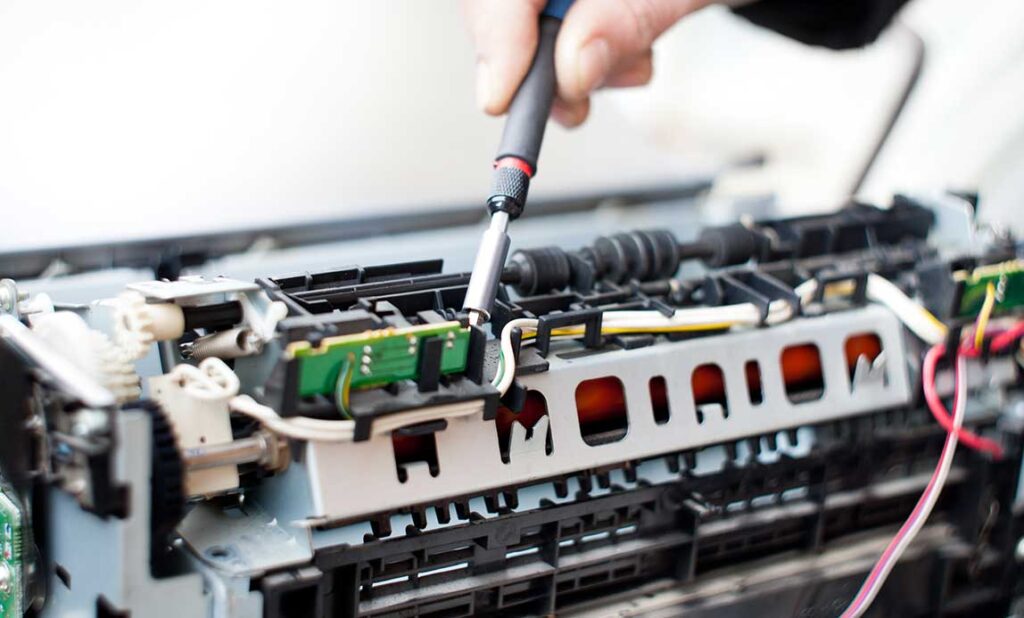Blogs
The Rise of Sensors & IoT Technology in Facility Management
From office buildings and high-rise hotels to airports and manufacturing plants, the growing complexity of facilities is fueling a shift in how they’re maintained. Many facilities and property managers are embracing the move from human oversight to digital oversight, as it allows them to focus less on tactical tasks and more on strategic programs that enhance productivity, minimize waste and resource consumption and in some cases, even reduce their carbon footprint.
IoT, Defined
One of the fastest growing technologies is known as the Internet of Things, or IoT. The Internet of Things is a massive network of connected objects and people, all of which collect, transfer and share data with other Internet-enabled devices. In the world of IoT a “thing” can be virtually anything—or anyone. Connected home appliances, such as smart TVs and refrigerators, automobiles outfitted with sensors that detect things like low tire pressure, heart patients with pacemakers, and pets tagged with microchips are all examples of IoT and sensor technology in action.
As connected consumer products continue to grow in popularity, these devices are increasingly making their way into commercial facilities and business environments alike. We’ll explore how IoT and sensor technology can have a positive impact on your facilities management strategy, and how you can begin to effectively implement these game-changing tools.
Technology in Facility Management
IoT is ideal for sizable facilities with a substantial footprint. Teams that manage large or multi-site facilities are tasked with a wide range of responsibilities, including safety and security, operational activity, cleaning and maintenance and more.
These are just a few examples of IoT and sensor technology and how it can assist with the many different facets of facility management:
- Energy consumption: With the help of IoT and motion sensors, you can reduce energy consumption by turning off lights when rooms are unoccupied, or adjusting the temperature via remote thermostat controls. The same technology can help to minimize water consumption when applied to touchless restroom faucets.
- Asset monitoring: IoT can help facilities managers stay stocked with sensors that send alerts when supplies are running low.
- Labor management: IoT tech allows facilities leaders to monitor employee productivity, assign tasks and make adjustments to labor resources as necessary.
- Equipment usage:Sensors and IoT tech are perfect for tracking equipment usage and detecting failures in HVAC systems, plumbing and beyond, enabling facilities teams to perform preventive maintenance and quickly reduce downtime when issues associated with aging equipment or hardware arise.
 Sustainability and LEED Certification
Sustainability and LEED Certification
The green movement has spurred a sea change in how buildings are constructed, maintained and operated. Many businesses are striving to be more energy efficient and environmentally friendly, and one way to do this is by becoming LEED certified.
LEED provides a framework for healthy, efficient, carbon and cost-saving green buildings—and IoT can help facilities reach their sustainability goals. In fact, some facilities were able to cut their costs by up to 30% with the help of IoT technology.
While IoT can make a tangible difference in your facility management approach, it’s important to note that it’s not perfect, and there is a learning curve when implementing these tools. Third-party integrators can help merge IoT data and integrate systems into your existing infrastructure, but the sheer volume of data IoT produces creates a challenge when it comes to analyzing and acting on this data. Ideally, facilities operators would have a single source of IoT information, but this can be difficult to achieve when using multiple integrators, dashboards, etc.
If you’re curious about exploring ways to improve your facility management strategy, a Mac Papers + Packaging Facilities Supplies expert is ready to chat.










